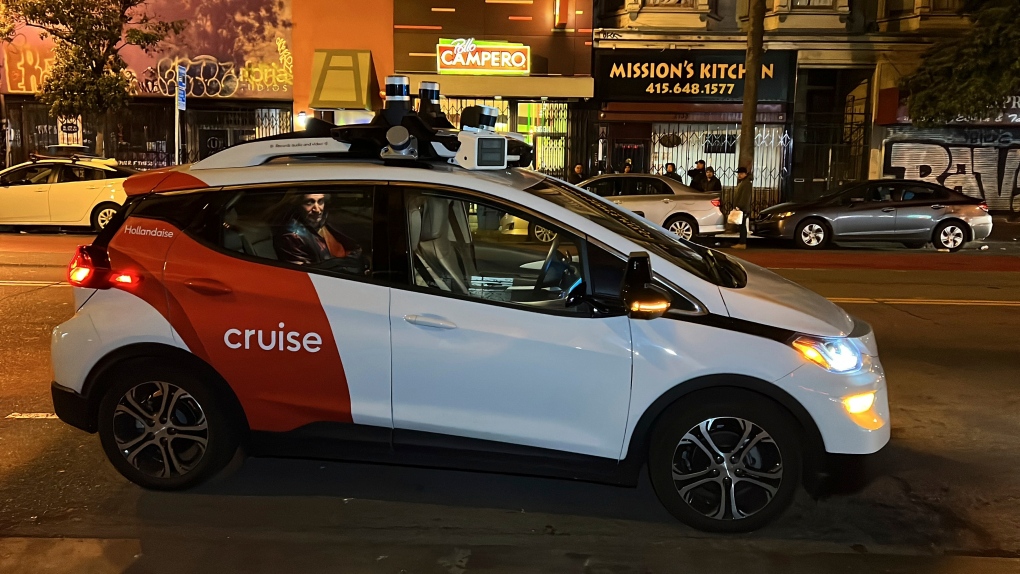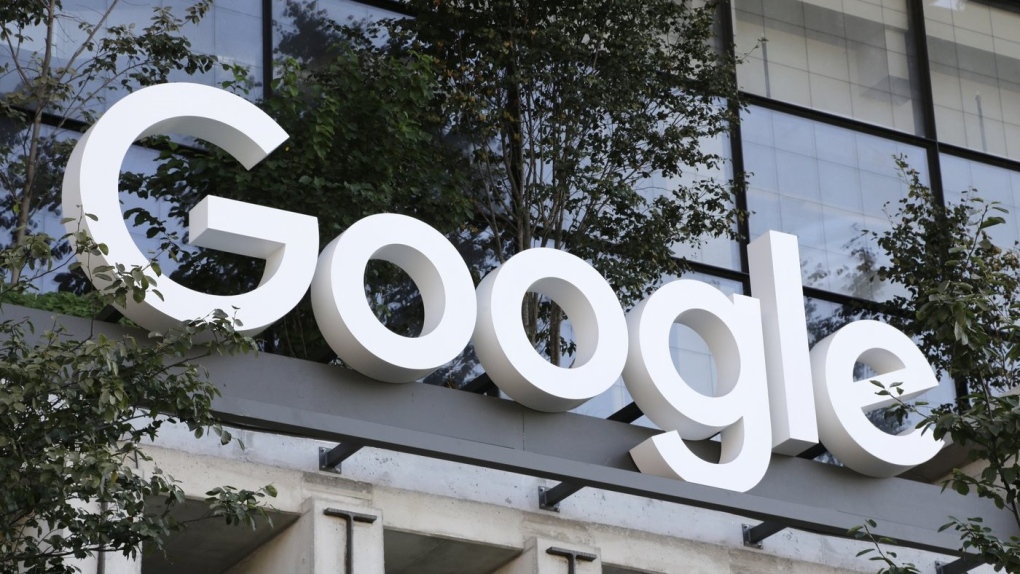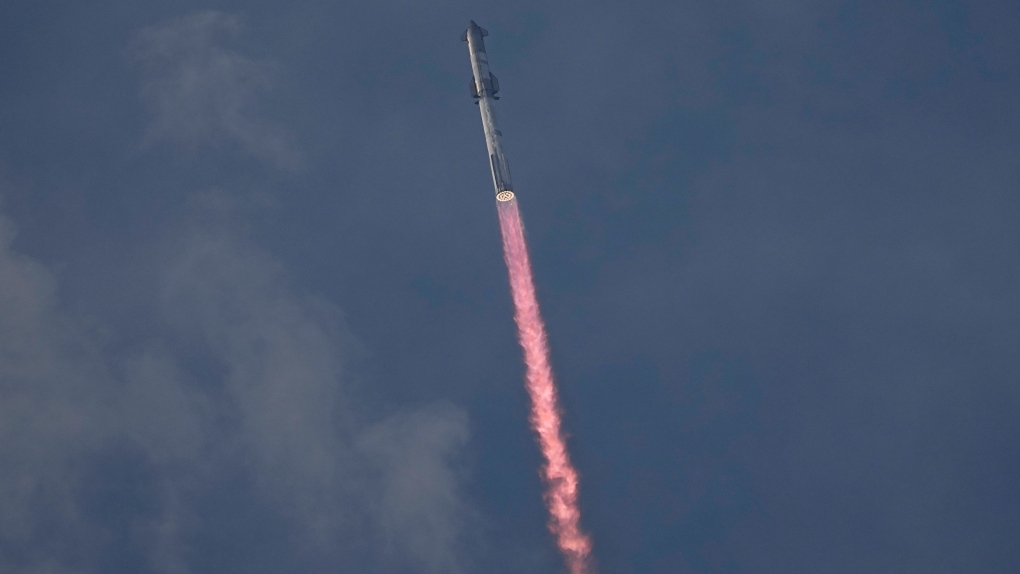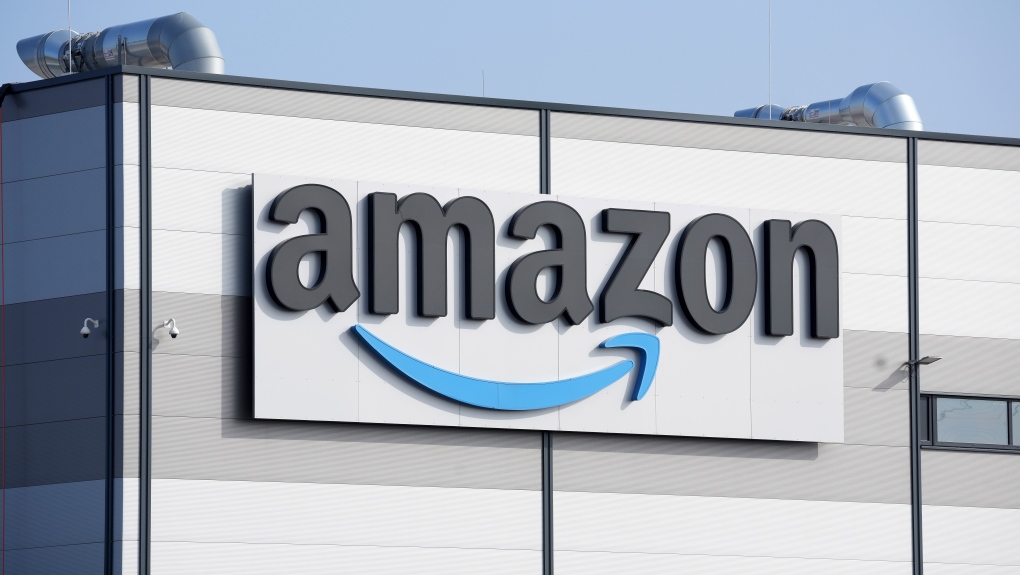California regulators say a San Francisco robotaxi service owned by General Motors covered up an accident involving one of its driverless cars, raising the specter they may add a fine to the recent suspension of its California license.
The potential penalty facing GM’s Cruise service could be around US$1.5 million, based on documents filed late last week by the California Public Utilities Commission.
The notice orders Cruise to appear at a Feb. 6 evidentiary hearing to determine whether the robotaxi service misled regulators about what happened after one of its driverless cars ran into a pedestrian who had already been struck by another vehicle driven by a human on the evening of Oct. 2 in San Francisco.
The February hearing comes just six months after the commission authorized Cruise’s robotaxi service to begin charging passengers for around-the-clock rides throughout San Francisco despite strident objections from city officials who warned the driverless cars malfunctioned.
Three weeks after Cruise’s Oct. 2 accident, the California Department of Motor Vehicles effectively shut down the robotaxi service by suspending its license to operate in the state.
The suspension was a major blow for Cruise and its corporate parent GM, which absorbed huge losses during the development of the driverless service that was supposed to generate US$1 billion in revenue by 2025 as it expanded beyond San Francisco.
After losing nearly US$6 billion since the end of 2019, Cruise has shifted into reverse as it scrambles to control the fallout from the Oct. 2 accident that critically injured the run-over pedestrian and led to the recent resignation of CEO and co-founder Kyle Vogt.
“Cruise is committed to rebuilding trust with our regulators and will respond in a timely manner” to the Public Utilities Commission, the company said in a Monday statement. The company has already hired an outside law firm to scrutinize its response to the Oct. 2 accident.
The most serious questions about the incident concern Cruise’s handling of a video showing a robotaxi named “Panini” dragging the pedestrian 20 feet (6 meters) before coming to the stop.
In a Dec. 1 filing recounting how Cruise handled disclosures about the accident, the Public Utilities Commission asserted the company tried to conceal how its robotaxi reacted to the accident for more than two weeks.
Cruise didn’t provide the video footage until Oct. 19, according to the regulatory filing. The cover-up spanned 15 days, according to the PUC, exposing Cruise and GM to potential fines of US$100,000 per day, or US$1.5 million.




